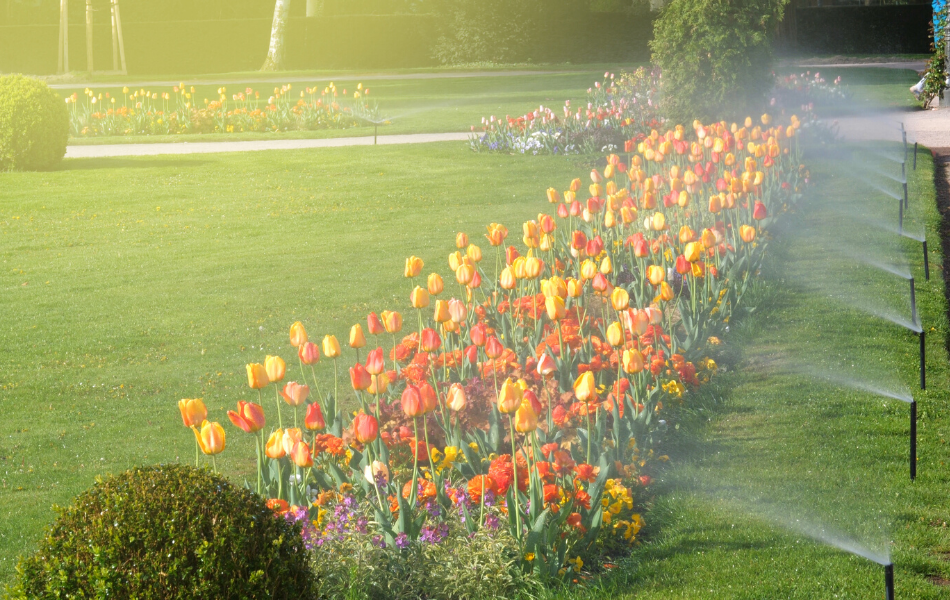The last thing you want during winter is frozen water in your irrigation pipes. To avoid this, when the snow starts falling, you know it's time to shu
The last thing you want during winter is frozen water in your irrigation pipes. To avoid this, when the snow starts falling, you know it’s time to shut-off water and drain your irrigation pipes.
Winterization involves draining all pipes to ensure they don’t have any water left in them and also protecting all parts of your sprinkler system that is above ground level. Failure to winterize your sprinkler system before winter can lead to costly repairs in spring.
Compiled below are 4 easy steps to winterize your sprinkler system and avoid needless spending on costly repairs.
1. INSULATE THE SPRINKLER SYSTEM
After shutting off the water supply to the sprinkler system, you need to insulate the sprinkler’s main shut-off valve and also every other part of your sprinkler system appearing above ground level. This can be done by wrapping the sprinklers’ main shut-off valve and pipes with self-sticking foam-insulating tapes to prevent them from freezing and cracking. If your irrigation system doesn’t have a main shut off valve, you should consider installing one as this will serve a greater purpose of preventing even costlier damages.
2. STAY IN CONTROL
Successfully winterizing your irrigation system involves you staying in complete control of your irrigation system. In case you have an automatic control system, you’ll have to shut down the controller through the “off” or “rain mode” setting. This will prevent the pump from being accidentally activated during the winter thereby keeping the sprinkler’s valve and pipes water-free. For extra precaution, you can disconnect the wires connected to the “MV” and “common”. This will eliminate the risk of overheating and keep your irrigation system safe all through winter.
3. DRAIN PIPES
Draining your pipes is definitely something you want to consider before winter. Underground pipes containing water can freeze, expand and break during winter. The water in your irrigation pipes can be drained using either the manual drain valve, automatic drain valve or the compressed air blow-out method. Draining your pipes could lead to a number of damages when done wrongly so It is mostly advised you contact an irrigation expert that is very familiar with your irrigation system layout.
4. PROTECT IRRIGATION SYSTEM VALVES
You should also take extra precautions to protect your irrigation backflow preventer and valve when they are above ground level. To achieve this feat, use an insulating tape or pine straw to carefully wrap the valve and backflow preventer to protect them from the freezing winter cold. While doing this, ensure not to seal off the air vent and drain outlet on the backflow preventer.


COMMENTS